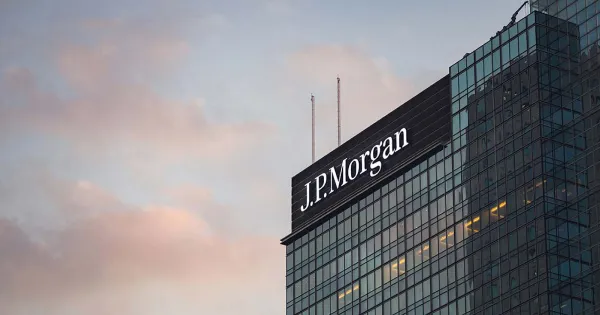Pennsylvania Demolishes Largest Coal Plant for $10B AI Data Center

In a dramatic shift symbolic of America’s evolving energy landscape, the former Homer City coal plant in Pennsylvania—once the state’s largest—was recently imploded to clear space for what’s expected to become the nation’s most powerful natural gas-fueled power plant, built specifically to energize the next generation of artificial intelligence.
Located about 50 miles east of Pittsburgh, the site is now at the heart of an ambitious $10 billion redevelopment project led by Homer City Redevelopment and its majority owner, Knighthead Capital Management. The goal: to power sprawling AI data centers with up to 4.5 gigawatts of electricity—enough to nearly power all of Manhattan.
A New Industrial Revolution, Fueled by AI
The move marks a turning point not only for the energy sector but for rural America. As the demand for artificial intelligence accelerates, tech giants are scouring the country for land and energy—particularly the kind that’s reliable, fast to build, and capable of running 24/7. While many tech companies continue to invest in renewable energy, the urgency of AI development is now pulling them toward natural gas, especially in regions with proximity to major reserves like the Marcellus Shale.
“What makes this site very unique is that it checks all of the boxes you need for a data center,” said Andrew Shannahan of Knighthead Capital. It offers massive land availability—over 3,200 acres—and proximity to both natural gas infrastructure and major power grids like the New York Independent System Operator and PJM Interconnection, which serves Washington, D.C. and 13 states.
From Smokestacks to Servers
The original Homer City Generating Station began operating in 1969, but like many coal-fired plants across the U.S., it succumbed to the economic pressures of cheap natural gas and regulatory headwinds. It officially shut down in 2023. On March 22, its towering cooling towers and three of four stacks—some over 1,000 feet tall—were brought down in a highly anticipated implosion. The final stack is set to fall within weeks.
With coal now gone, the site will rise again with seven state-of-the-art gas turbines provided by GE Vernova, with engineering and construction led by Kiewit Power Constructors. Construction is expected to begin later this year, with power generation slated for late 2027. At its peak, the site will host around 3,500 workers.
The facility could also be uniquely positioned to offer power "behind the meter"—meaning AI data centers on-site might bypass the grid and draw power directly from the plant, a more efficient and potentially cost-saving arrangement. However, the feasibility of that setup remains subject to federal regulatory guidance.
A Strategic Bet on Power Infrastructure
The strategic importance of the Homer City site goes far beyond Pennsylvania. As aging plants retire and electricity demand surges, particularly from energy-hungry AI operations, capacity auctions in the PJM market suggest that supply is tightening. This is driving up electricity prices and opening the door for new developments that can deliver massive, consistent baseload power.
In this context, Homer City’s transformation is more than just a redevelopment project. It’s a template for the future—one where legacy industrial sites are repurposed to meet the needs of a digital economy powered not by coal or renewables alone, but by a hybrid model built for scale, speed, and sustainability.
The implosion of Homer City’s stacks may have marked the end of an era—but what rises in its place could be the beating heart of America’s AI-powered future.





